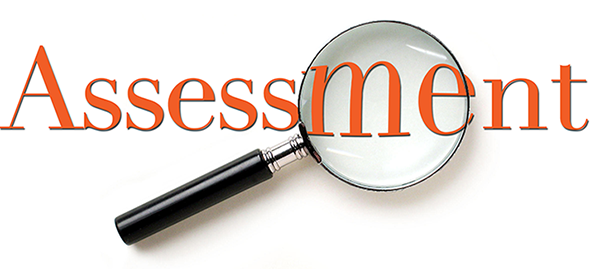"You gain strength, courage and confidence by every experience in which you really stop to look fear in the face. You must do the thing you think you cannot do." — Eleanor Roosevelt
When things are difficult, unknown, and perhaps unattainable we may turn the other direction. We must find the inner strength to overcome these perceived barriers. History has proven time after time that the power of a thought is the beginning for actions that will alter the future positively. Understanding this, and having the courage to keep going even in the face of all obstacles, allows us to accomplish anything we want.
Recognizing these truths about courage will assist you in overcoming any challenge that you face:
1. Courage Begins with an Inward Battle - Courage isn't an absence of fear. It's doing what you are afraid to do. It's having the power to let go of the familiar and forge ahead into new territory.
2. Courage Is Making Things Right, Not Just Smoothing Them Over - Courage deals with principle, not perception. It's knowing when to stand up and having the conviction to do so.
3. Courage in a Leader Inspires Commitment from Followers - A show of courage by any person encourages others. But a show of courage by a leader inspires. It makes people want to follow them.
4. Your Life Expands in Proportion to Your Courage - Fear limits a leader. But courage has the opposite effect. Courage not only gives you a good beginning, but it also provides a better future.
Courage means trusting yourself to overcome your fears and doing what you are afraid to do. Courage increases conviction and inspires others to confront their fears.
Recognizing these truths about courage will assist you in overcoming any challenge that you face:
1. Courage Begins with an Inward Battle - Courage isn't an absence of fear. It's doing what you are afraid to do. It's having the power to let go of the familiar and forge ahead into new territory.
2. Courage Is Making Things Right, Not Just Smoothing Them Over - Courage deals with principle, not perception. It's knowing when to stand up and having the conviction to do so.
3. Courage in a Leader Inspires Commitment from Followers - A show of courage by any person encourages others. But a show of courage by a leader inspires. It makes people want to follow them.
4. Your Life Expands in Proportion to Your Courage - Fear limits a leader. But courage has the opposite effect. Courage not only gives you a good beginning, but it also provides a better future.
Courage means trusting yourself to overcome your fears and doing what you are afraid to do. Courage increases conviction and inspires others to confront their fears.







